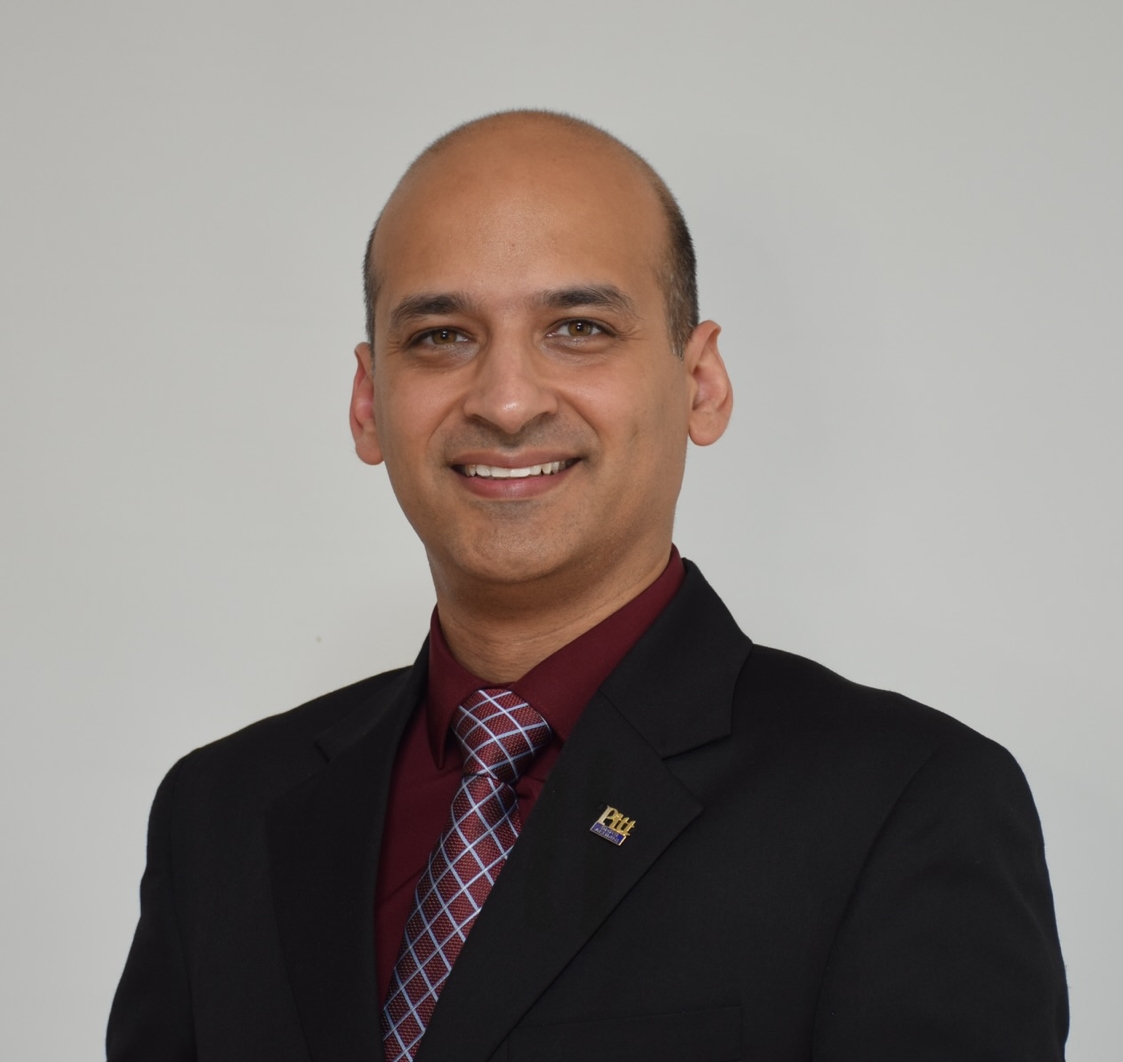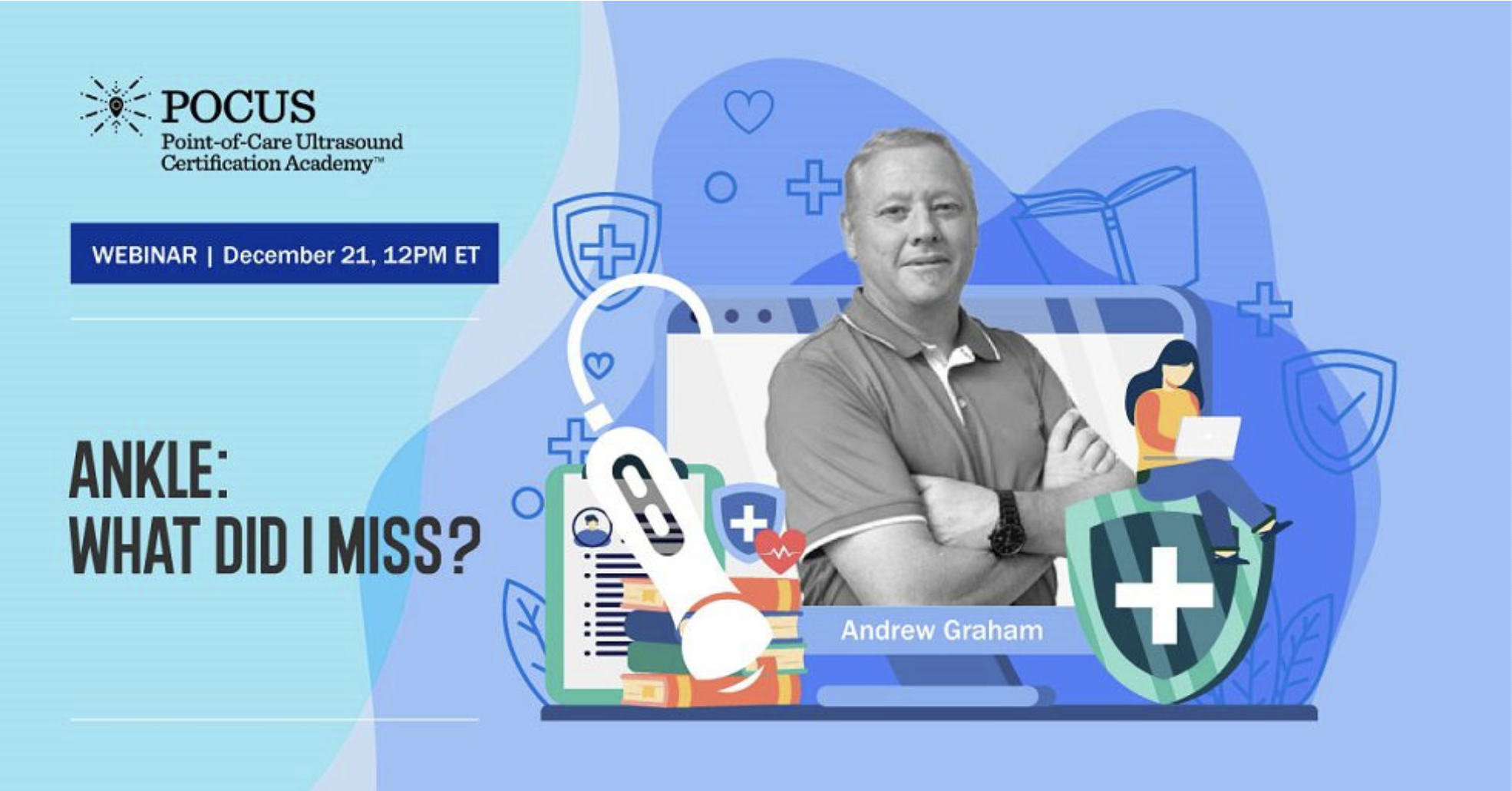A conversation on the value of RMSK Certification with Dr. Shirish Sachdeva
What inspired you to pursue the MSK certification, and how does it align with your career goals?
I practiced diagnostic MSK ultrasound for a decade before pursuing the Registered in Musculoskeletal Sonography (RMSK) certification. My colleagues often joke that I’m a lifelong student, but I believe continuous learning is essential in healthcare. I wasn’t initially aware of this physician-level board exam. However, after learning about it from pioneers in the field, I recognized its value and the commitment it demonstrates to the MSK ultrasound community. Preparing for the exam was an invaluable learning experience and a natural next step in my career.
How did you prepare for the exam? Were there any specific resources or strategies you found helpful?
The RMSK exam focuses on two main areas: ultrasound physics and joint-by-joint musculoskeletal evaluation and interpretation, including normal and pathological anatomy and ultrasound-guided injections.
Being a visual learner, daily clinical practice over many years was crucial for me. Ultrasound is highly user-dependent, so learning from experienced mentors and participating in hands-on sessions is vital. I attended a beginner’s MSK ultrasound course offered by the American Institute of Ultrasound in Medicine (AIUM), which provided excellent foundational knowledge. I recommend similar courses and mentorship to refine diagnostic skills.
For theoretical preparation, I relied on two key texts: Examination Review for Ultrasound: Sonographic Principles and Instrumentation by Penny & Fox, and Fundamentals of Musculoskeletal Ultrasound by Jacobson. I also used these additional resources:
- Ultrasound of the Musculoskeletal System by Bianchi & Martinoli
- Diagnostic Ultrasound Musculoskeletal (2nd Ed.) by Griffith
- Atlas of Ultrasound-Guided Musculoskeletal Injections by Malanga & Mautner
- Musculoskeletal Ultrasound Cross-Sectional Anatomy by Cianca & Patel
- Diagnostic Musculoskeletal Ultrasound and Guided Injection: A Practical Guide by Resteghini
- Understanding Ultrasound Physics by Edelman
In addition to books, there are excellent free online videos, though they don’t replace the value of hands-on training. Before the exam, I took a week off work to focus on reviewing materials and ensuring adequate rest and nutrition, which made a significant difference.
For anyone preparing for the RMSK, I recommend combining theoretical study with practical application under mentorship to build a solid foundation and confidence.
How has obtaining the MSK certification impacted your professional growth or practice?
The rigorous training required to achieve RMSK certification is a learning experience in itself, and passing this prestigious physician-level exam demonstrates a strong commitment to the field. Since earning my RMSK credential, I’ve taken on roles educating doctoral and residency students, as well as practicing clinicians from various institutions.
This certification also enabled me to contribute to the Imaging Special Interest Group (SIG) of the Academy of Orthopedic Physical Therapy (AOPT), which focuses on enhancing patient outcomes in physical therapy by integrating imaging for more accurate examinations. This integration has improved the efficiency of physical therapy practices for both patients and providers.
What advice would you give to other medical professionals considering the MSK certification?
What advice would you give to other medical professionals considering the MSK certification?
If you’re a musculoskeletal provider—whether a physician, surgeon, physical therapist, chiropractor, podiatrist, physician assistant, or nurse practitioner—looking to enhance clinical efficiency and provide cost-effective care, the RMSK certification is worth pursuing.
This process not only strengthens your skills in MSK ultrasound, whether you’re new to the field or an experienced clinician, but also awards you a respected credential. The certification reflects your dedication to advancing diagnostic accuracy and improving patient outcomes. It’s a significant step for anyone committed to excellence in musculoskeletal care.



 Musculoskeletal Lower Extremity
Musculoskeletal Lower Extremity

